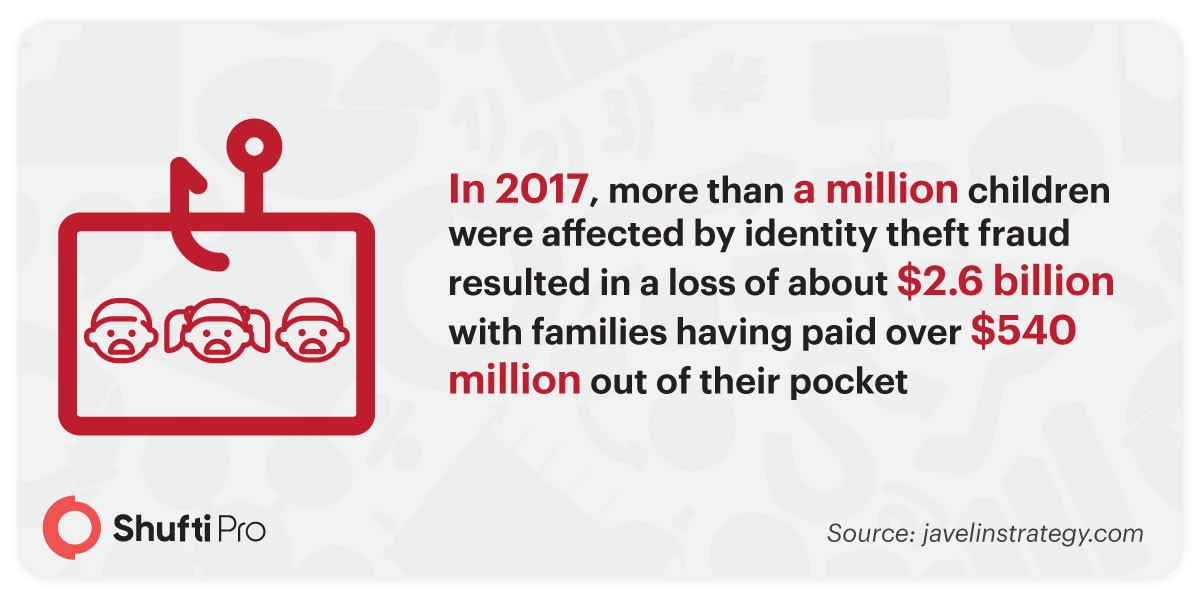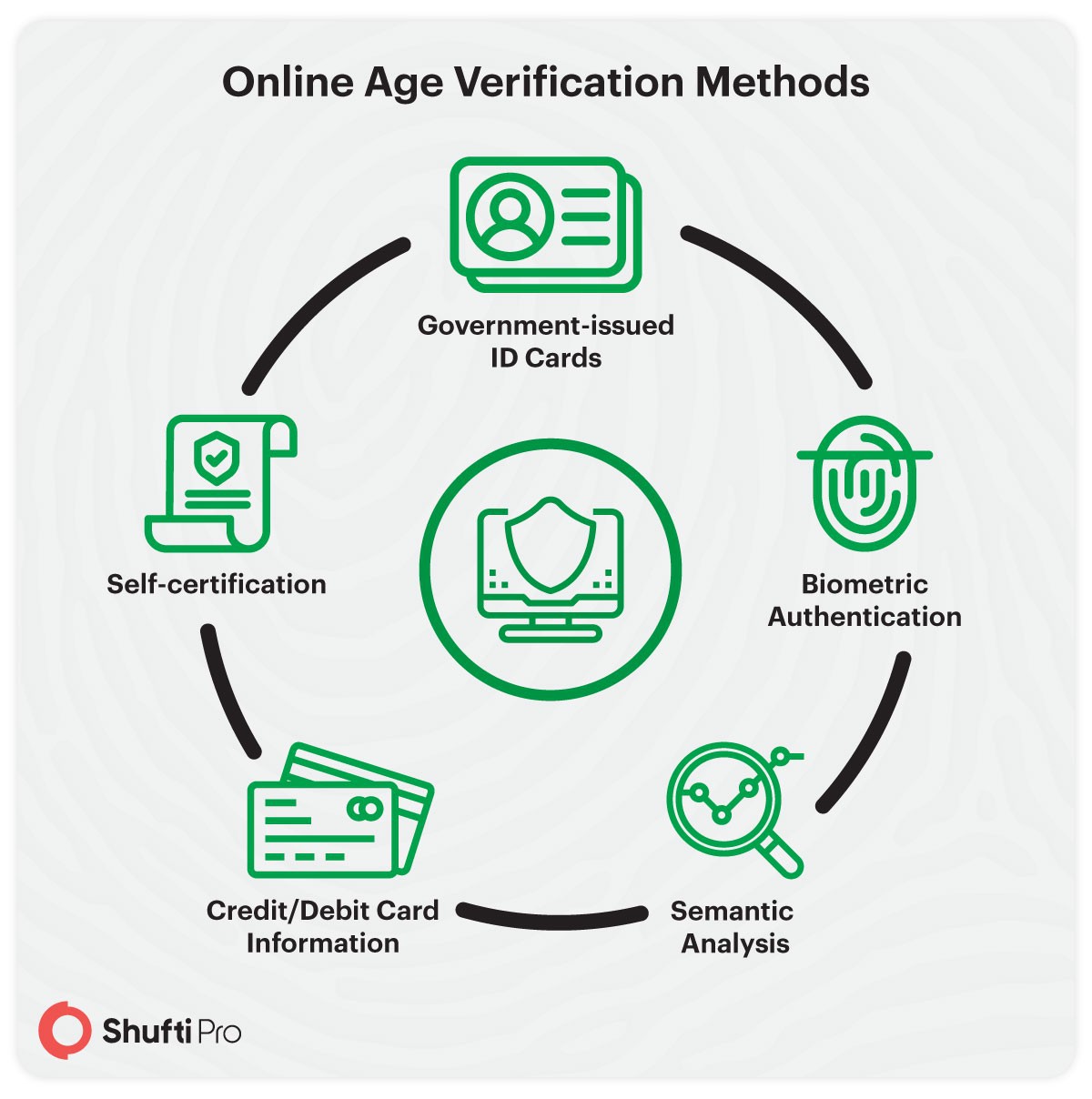Online Age Verification Service: Children’s Digital Privacy amid COVID-19

The meteoric rise in the adoption of digital technology has influenced every phase of modern humans. From societies to economies to culture, each aspect undergoes both positive and negative transient changes. Predictably, it also means that the internet has penetrated into the lives of children and impacted their way of living. It is estimated that about 71% of youth is online as compared to 48% of the overall global population. The youth that ages 15 to 24 is estimated to be the most connected group over the internet. Globally, one out of three internet users is a child under the age of 18.
Undoubtedly, the digital space provides ample opportunities to children where they could learn, ensure self-development, and get entertained at the same time. However, in one way or another, minors are exposed to a variety of threats that could harm them. Children are at a big chance of falling prey to the vulnerabilities in a digital space. For instance, child identity theft incidences in an online space are not a concern of today. The year 2017 compromised the data od more than one million children which resulted in a total loss of about 2.6 million dollars against which families paid more than 540 million dollars out of their pocket.

The statistics, therefore, call out for a stringent regulatory framework that can acknowledge the need for strong child data protection measures. The COVID-19 outbreak has increased the ratio of digital activities that could be more harmful to the children and their data. Fraudsters roaming in the digital space target the children’s data to fulfill their list of malevolent purposes. Online age verification checks, thus, are contributing to providing a safe space for children that keeps intact security and child’s data protection aspects simultaneously. The regulatory bodies all over the world have declared regulations regarding data protection of children in the digital world.
Online Age Verification – Global Regulatory Framework
Among all, major legal approaches highlight the need for parental consent and its principles. However, these approaches may vary in certain countries. Usually, their mandate is that all the digital age verification services providers must obtain verified consent from parents before obtaining information from them. In this section, some of those regulatory frameworks are discussed.
United States
In 1998, the US passed the Children’s Online Privacy Protection Act (COPPA). This legislation is dealing with the protection of minors’ privacy online. The legislation highlights the need for age verification service of children online and parental consent before collecting information about children. It ensures the parents have control over the information of children under 13 that is been collected by the online websites.
South Africa
In South Africa, The Protection of Personal Information Act, 2013 (The POPI Act) is in force that prohibits the processing of children’s personal information. Consent is necessary to process, exercise, or even for legal defense purposes.
European Union (EU)
The EU’s General Data Protection Regulation (GDPR), explicitly recognizes that children are less aware of the consequences, risks, and safeguards that concern their data and its sensitivity in the digital world. The Act, therefore, enforces parental consent before processing the online information of children having age under 16.
Germany
In Germany, the interstate treaty aims at minors’ data protection and mandates the use of online age verification services. Instead of enforcing parental consent, the legal regulatory framework of Germany highlights the implementation of age verification services to verify the age of children before providing them access to the digitals services.
United Kingdom (UK)
The Digital Economy Act (DEA) of the UK passed in 2017, which is explicitly designed to regulate the digital services and communications infrastructure. The law strictly ensures the implementation of age verification measures while providing children access to age0restricted content online. However, the specific method for age verification is not mandated but the implementation is declared mandatory.
Online Age Verification Methods
The online age verification practices vary with respect to the methods. The manual age verification systems included only simple Age Affirmation Pages (or self-certification) in which just by ticking a checkbox, the age was confirmed by the user side. The method does not serve the purpose as it could be tricked easily.
The globally digitized world is moving towards the adoption of technological advancements as so the innovative solutions for age verification of customers online. The following are some methods that can be used for the age verification of customers online:

Credit/debit card verification
In this method, users are required to enter the details of their credit card/debit card. This method ensures that only adults or people above the legal age use debit/credit cards and will be verified.
Government-issued ID cards
The age of online customers can be verified through the government-issued ID card that could also be a passport or a driving license. Through OCR (Optical Character Recognition) technology, the data from the user-uploaded document will be extracted and verified by the system for the purpose of age verification.
Semantic Analysis
This method of age verification works on the principle which identifies the level of sophistication based on which people having a certain age are highly likely to use different ways while constructing and online profile. Many online companies use semantic-based search algorithms that parse the user-entered information and find out words and terms which are commonly used by minors.
Biometric Authentication
Based on the facial biometrics, biometric authentication of online users can be done in combination with the verification of some official identity documents. The facial recognition system will identify the face and verify it against the picture present on the identity document. If both match, an identity will be verified.
Summing It Up
The digital world is open to everyone; from an aged person to a minor who doesn’t have any knowledge about the world. Minors can access all platforms because the traditional age verification checks do not stop them at all. Providing false date of births is very common but online age verification solutions can prevent them for sure. Age verification checks require original government-issued documents of customers and requires facial verification to detect the live presence of the customers. Protecting minors from adult-related products is now more crucial than ever.










